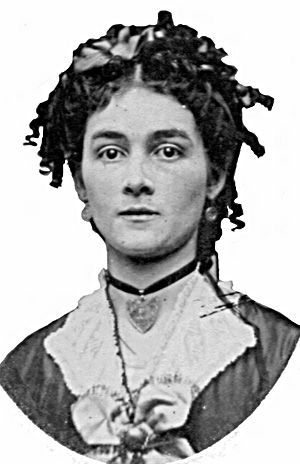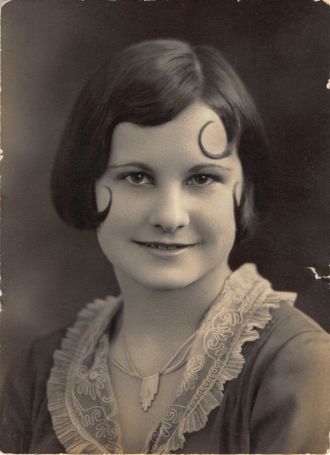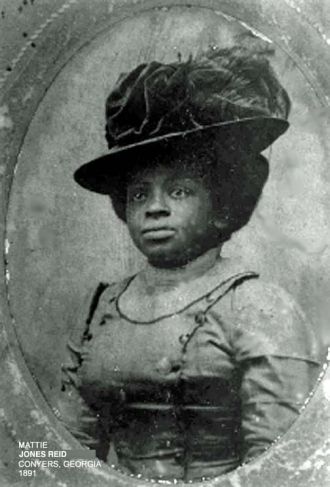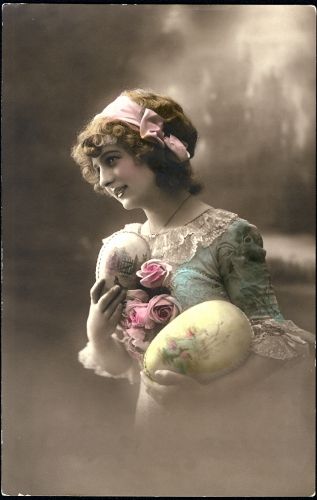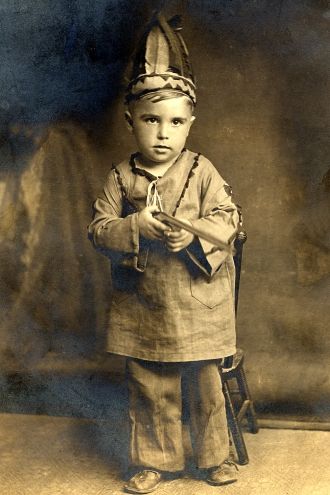Mary Elisabeth Brooks
Mary Elisabeth Brooks, b. 3/6/1851 Fisherville, TN. m. Andrew Jackson Fletcher "AJ" (d. 12/30/1881). She d. 9/1/1920, Memphis. Parents: James M. Brooks (1818-1876) b. NC and Mary Ann Kingston (Nov 1824), b. England. Issue: Kingston, Mattie Daisy, Maggie, Patrick, Andrew Jay.
Date & Place:
in Eads, Shelby Co County, Tennessee USA

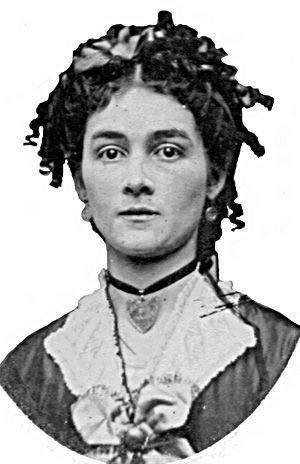
 AncientFaces
AncientFaces 
